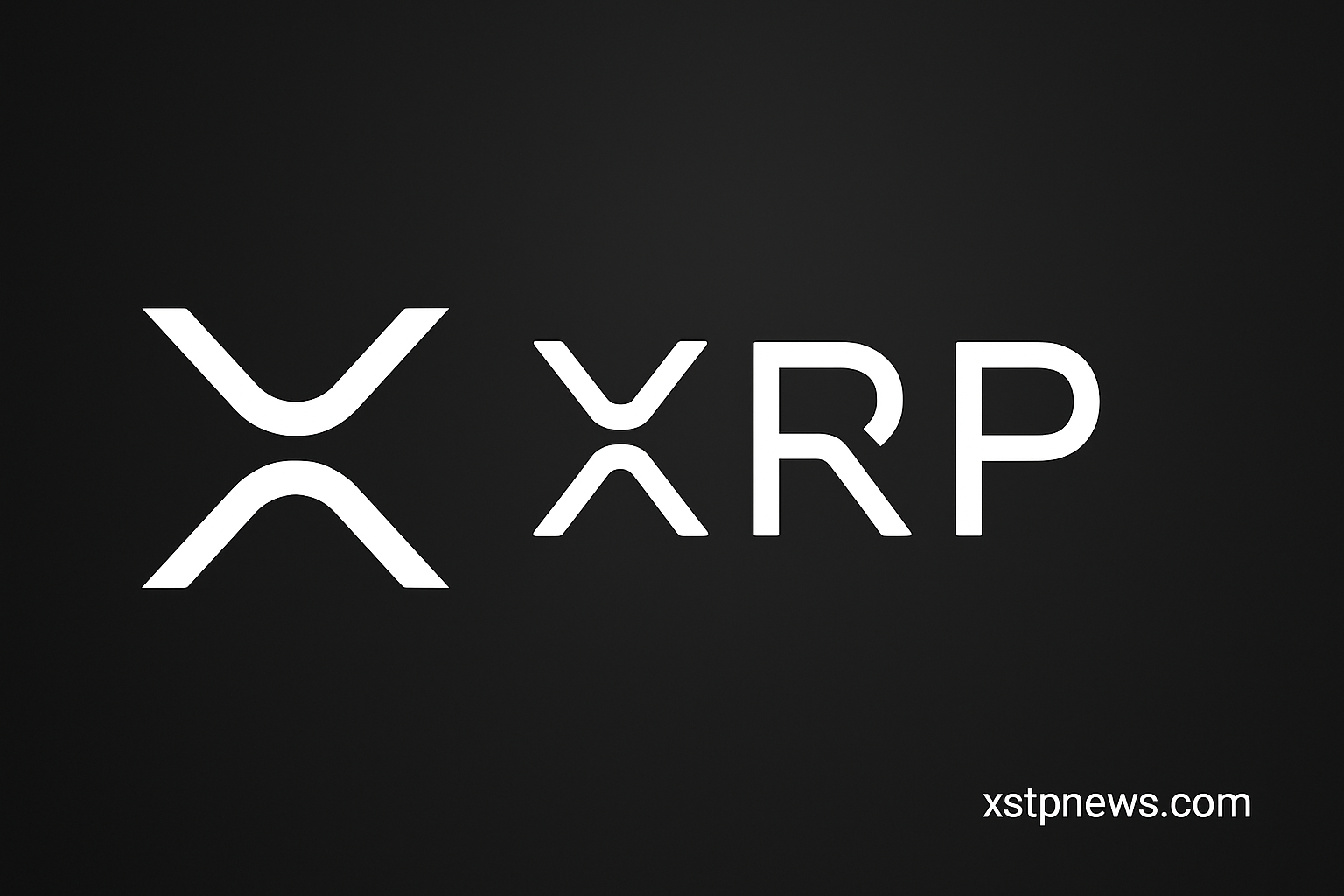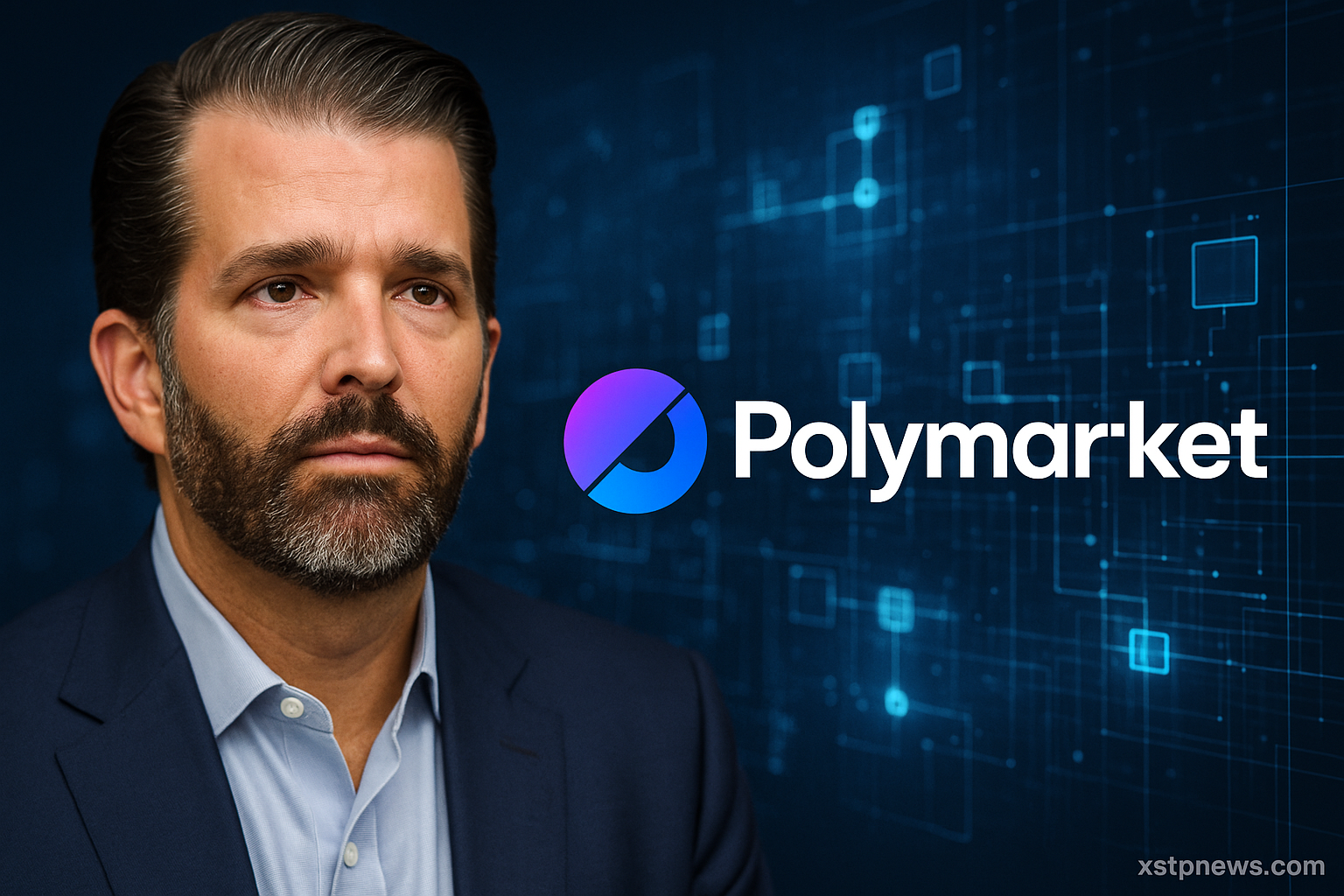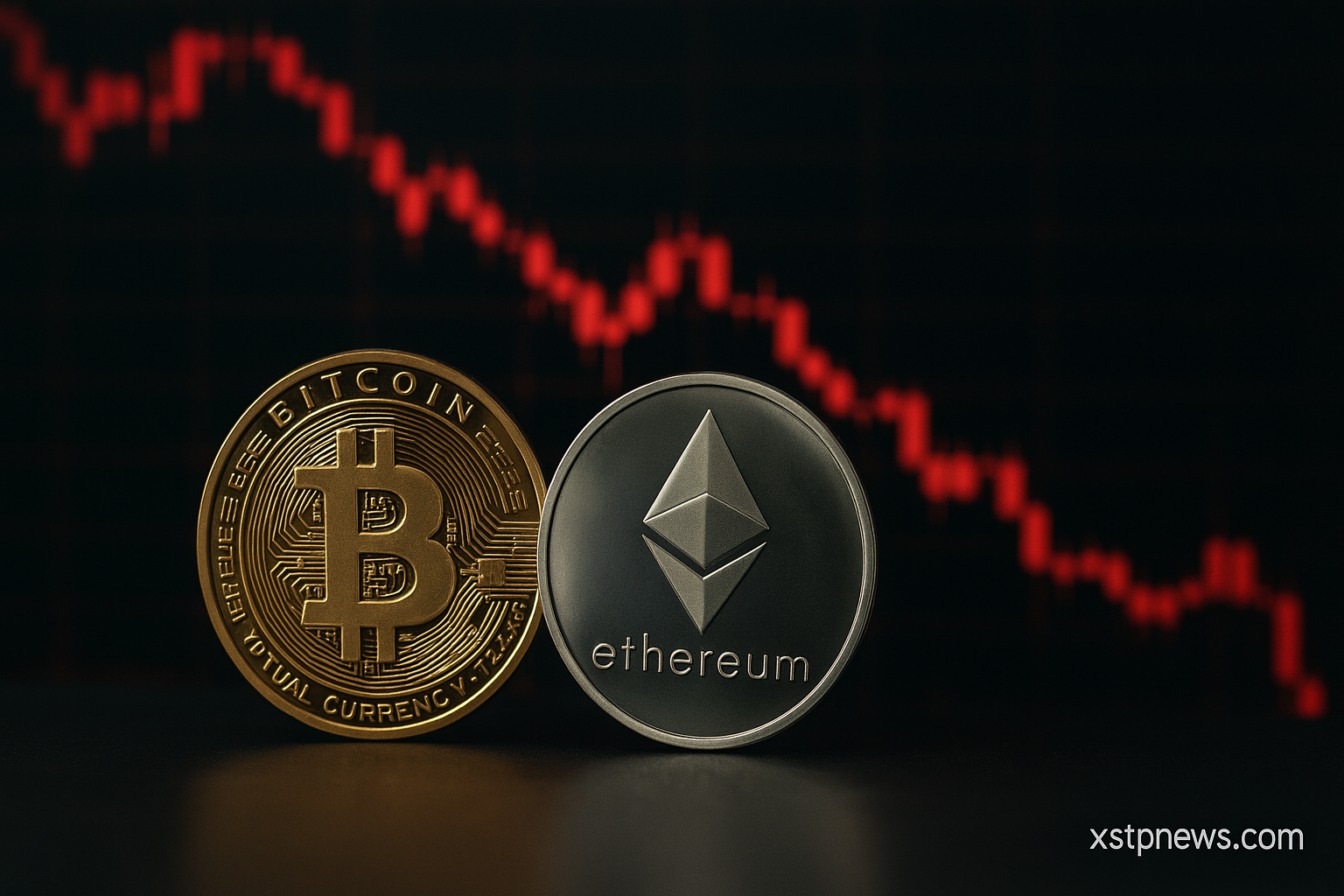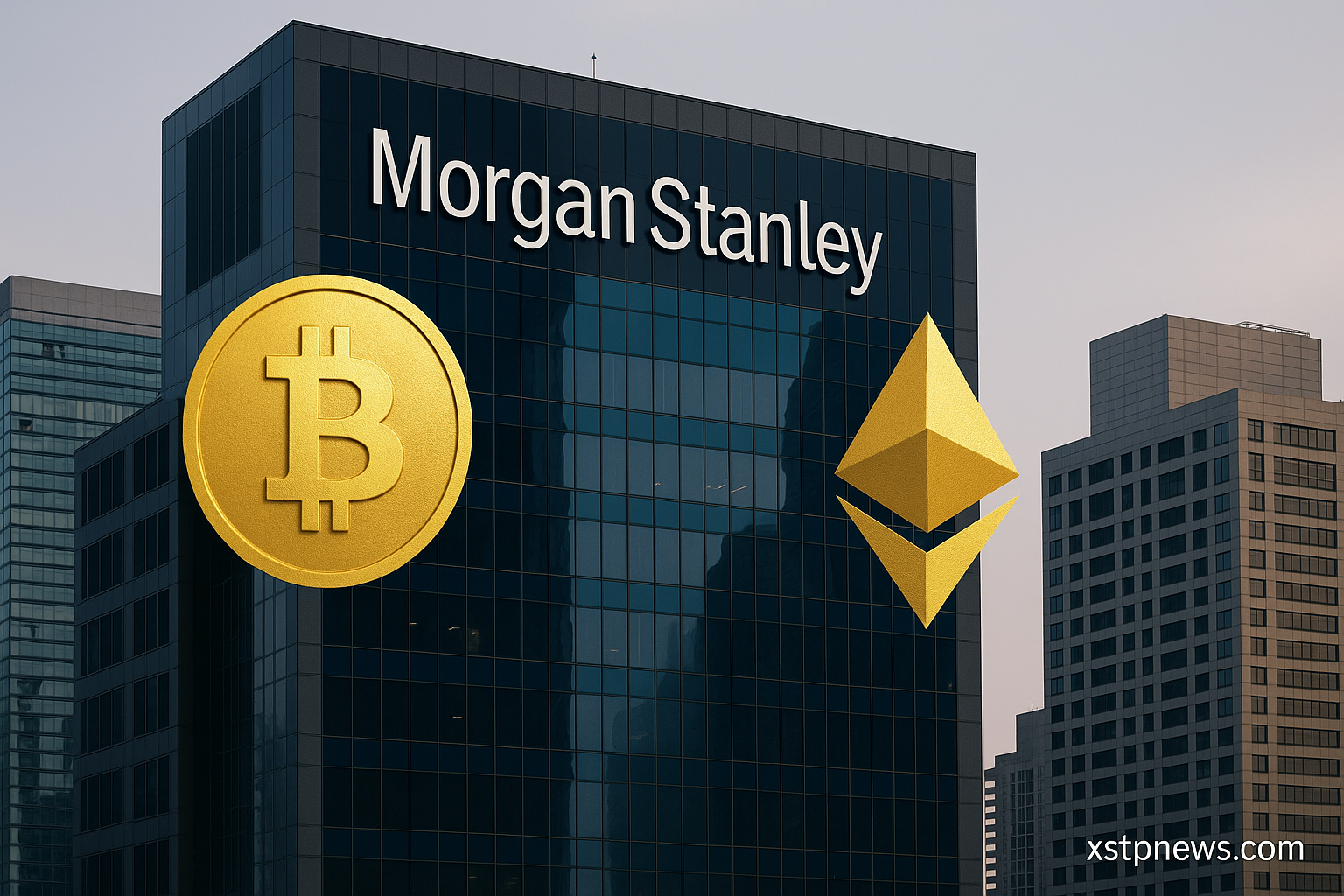XRP is one of the most polarizing cryptocurrencies in the market. Created to power global payments with speed and efficiency, XRP stands apart from other digital assets for its close ties to financial institutions, its low transaction costs, and its long legal battle with the U.S. Securities and Exchange Commission (SEC). But despite the controversies, XRP continues to serve a very specific purpose: cross-border liquidity.
The Origins of XRP and Ripple
XRP was launched in 2012 by Ripple Labs with a vision: to replace the slow and expensive SWIFT network used by banks around the world. Rather than trying to become a decentralized currency like Bitcoin, XRP was built for integration with existing financial systems.
Ripple created the RippleNet network, which allows institutions to settle international transactions in seconds, and XRP functions as the bridge currency between different fiat pairs. This model was intended to solve the liquidity trap that many banks face when transferring across borders.
How XRP Works
Unlike Bitcoin or Ethereum, XRP does not use Proof of Work or Proof of Stake. Instead, it relies on a unique consensus protocol called the Ripple Protocol Consensus Algorithm (RPCA). It allows validators selected nodes to confirm transactions without mining, which results in fast finality (about 3-5 seconds) and near-zero transaction costs.
XRP’s ledger can handle up to 1,500 transactions per second (TPS), with scalability built into the protocol. The network has been praised for its efficiency and energy minimalism, especially in contrast to Bitcoin.
Real-World Use Cases
XRP’s primary value proposition lies in real-time gross settlement (RTGS) and on-demand liquidity (ODL). Ripple partners with banks, fintechs, and remittance companies to facilitate cross-border payments that are faster and cheaper than traditional options.
Some key users of RippleNet and XRP-powered services include:
- Banco Santander
- SBI Holdings (Japan)
- Tranglo (Southeast Asia)
- Pyypl (Middle East and Africa)
These companies utilize Ripple’s infrastructure to cut costs and improve remittance reliability, particularly in corridors that have historically been underserved.
Tokenomics and Supply
XRP was pre-mined, meaning all 100 billion tokens were created at launch. Ripple Labs initially held about 80% of this supply, though it has gradually placed large portions into escrow contracts to ensure transparent release schedules.
Currently, around 54 billion XRP are in circulation, with ~1 billion released per month and unsold tokens returned to escrow. This model has often drawn criticism, with some labeling XRP as too centralized, especially because Ripple still holds a significant portion of the supply.
Despite this, the predictable emission and public tracking of escrow contracts add transparency to a model not commonly seen in other pre-mined assets.
Regulatory Challenges and the SEC Lawsuit
The most defining moment in XRP’s history came in December 2020, when the SEC filed a lawsuit against Ripple, alleging that XRP was an unregistered security. This triggered delistings across U.S. exchanges, significant price drops, and waves of uncertainty in the broader market.
For nearly three years, the case dragged on. But in July 2023, a U.S. federal judge ruled that XRP is not a security when sold on exchanges to retail investors, although it might be treated differently in institutional contexts.
This partial victory gave XRP legal clarity in the U.S. unmatched by most cryptocurrencies. While the battle is ongoing in some respects, it has restored confidence in XRP’s viability in the American market.
Market Position and Institutional Adoption
XRP has consistently ranked among the top 10 cryptocurrencies by market cap, despite regulatory headwinds. It remains widely traded across global exchanges and is increasingly seen as a potential backbone for CBDCs, interbank clearing, and stablecoin settlement layers.
In regions like Asia and the Middle East, XRP’s utility-based narrative aligns well with regulators focused on financial innovation rather than speculation.
Moreover, Ripple has launched initiatives like Ripple Liquidity Hub and Ripple’s push for CBDC platforms, reinforcing XRP’s role in real-world infrastructure.
Challenges and Criticisms
Still, XRP has its critics. Some argue that its ties to institutions betray the decentralized ethos of crypto. Others point to its token distribution, governance model, or the perceived reliance on Ripple Labs.
Nonetheless, in a world where governments are building regulated digital payment systems, XRP’s alignment with institutional needs could become an advantage rather than a liability.
XRP is not trying to be the next Bitcoin or Ethereum. It is, by design, a utility token focused on solving a clear problem: cross-border financial friction.
Its journey has been turbulent, but it remains one of the few crypto assets with a tested use case, real institutional adoption, and legal clarity in a major jurisdiction. As global payments continue to evolve, XRP’s infrastructure-first approach could finally find its moment to shine.
Sources: Ripple.com, SEC filings, CoinMarketCap, Messari, IMF







